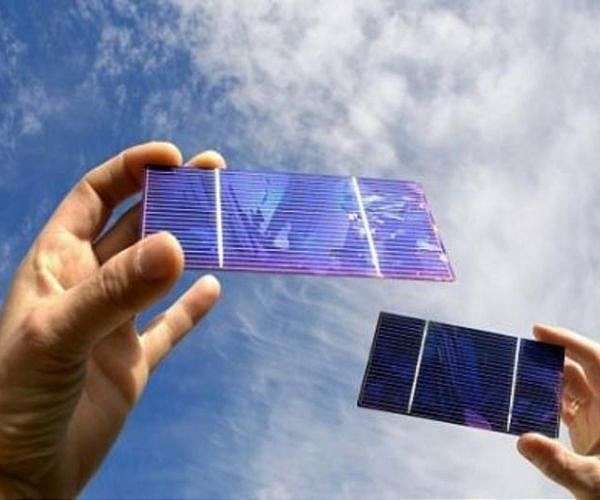Buried interface engineering drives advances in the efficiency of tin-lead-perovskite solar cells
A team led by Prof. Meng Li from Henan University’s School of Nanoscience and Materials Engineering has unveiled an innovative approach to overcoming stability and efficiency challenges in tin-lead (Sn-Pb) perovskite solar cells. The researchers’ work focuses on optimizing the selective interface for buried holes using a specially designed self-assembled material, which has major implications for single-junction and tandem solar cell technologies.
Tin-lead perovskites are valued for their narrow bandgap properties, making them a key material for the production of high-efficiency solar cells. However, energy level mismatches and degradation at the buried interface have limited both their performance and long-term stability. To address these issues, Prof. Meng’s team designed a boric acid-anchored hole-selective contact material, 4-(9H-carbazol-9-yl)phenylboronic acid (4PBA).
Compared to conventional materials, 4PBA showed superior stability and compatibility at the substrate surface. The high adsorption energy of -5.24 eV and significant molecular dipole moment (4.524 D) improved the energy level alignment between the substrate and the perovskite layer, allowing efficient charge extraction. Furthermore, the interface designed using 4PBA improved perovskite crystallization and substrate contact, thereby reducing defects and non-radiative recombination.
These improvements allowed Sn-Pb perovskite solar cells with 4PBA to achieve a power conversion efficiency (PCE) of 23.45%. The material’s reduced corrosivity also mitigated the degradation effects typically caused by PEDOT:PSS, a commonly used hole transport material, improving chemical stability and storage durability. The cells retained 93.5% of their initial efficiency after 2000 hours of shelf storage.
“This approach provides a practical path to improve both the efficiency and stability of Sn-Pb perovskite solar cells, by addressing mismatches in energy levels and interfacial stability issues,” the research team said.
The findings provide a basis for advancing efficient and stable Sn-Pb perovskite solar cells and highlight the importance of interface engineering in next-generation photovoltaic technologies.
Research report:Buried hole-selective interface engineering for high-efficiency tin-lead-perovskite solar cells with improved chemical boundary stability

